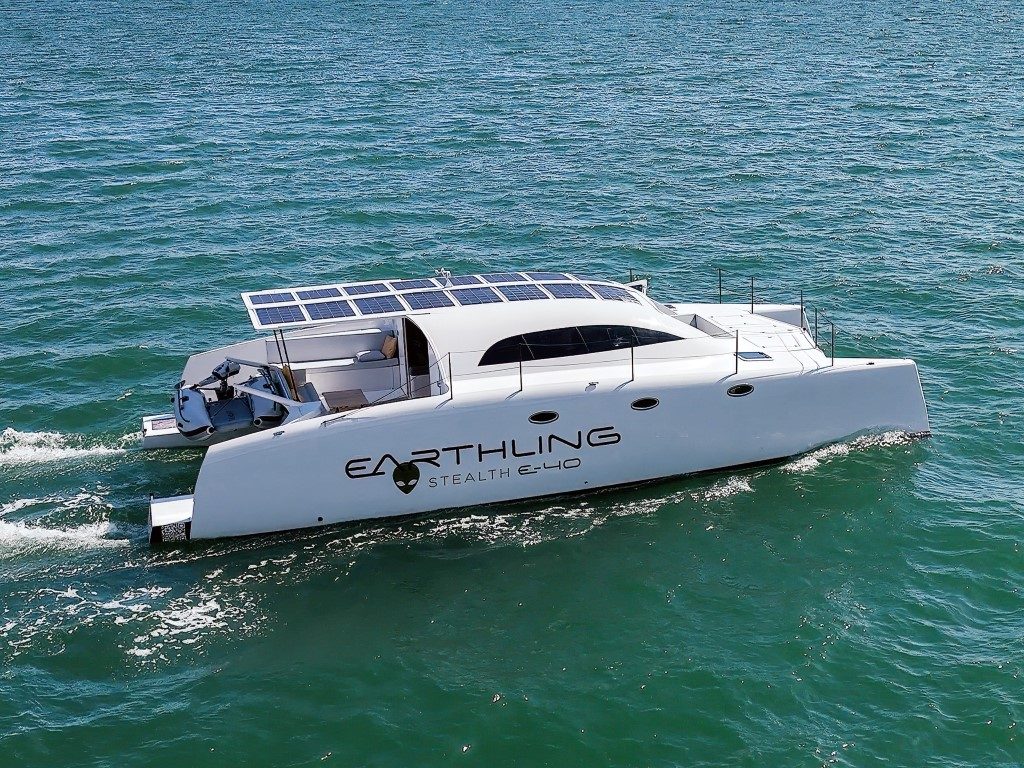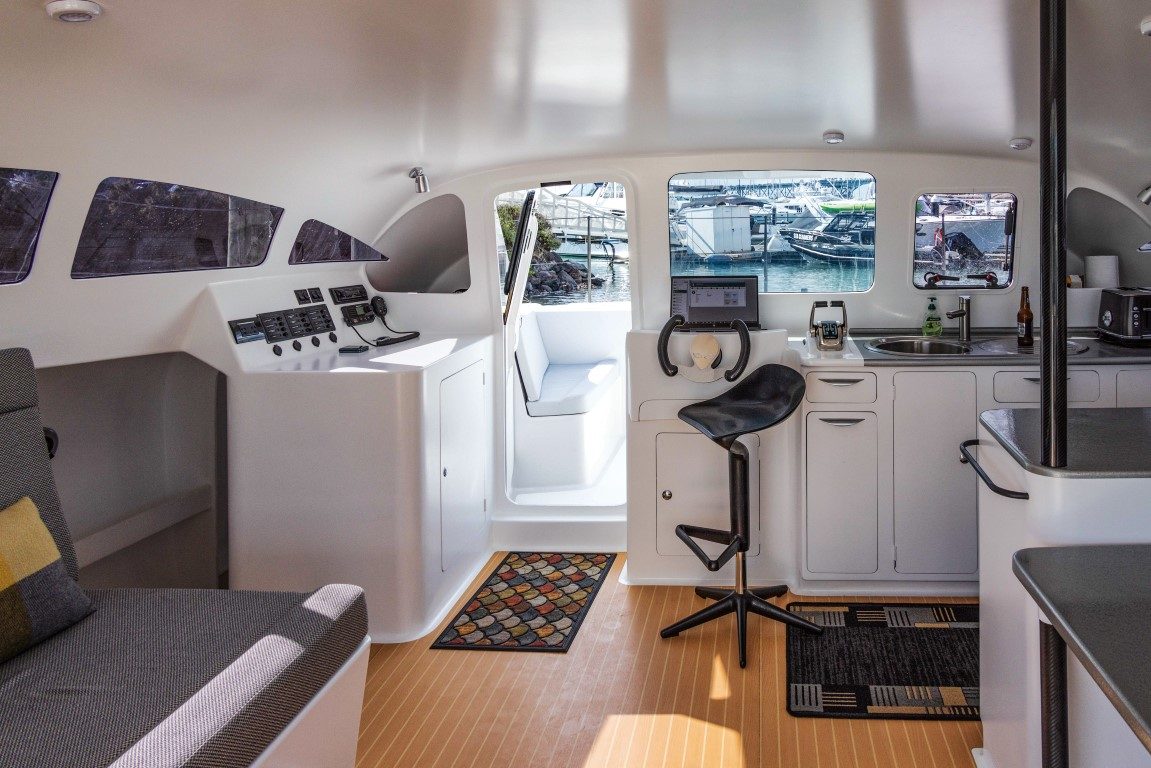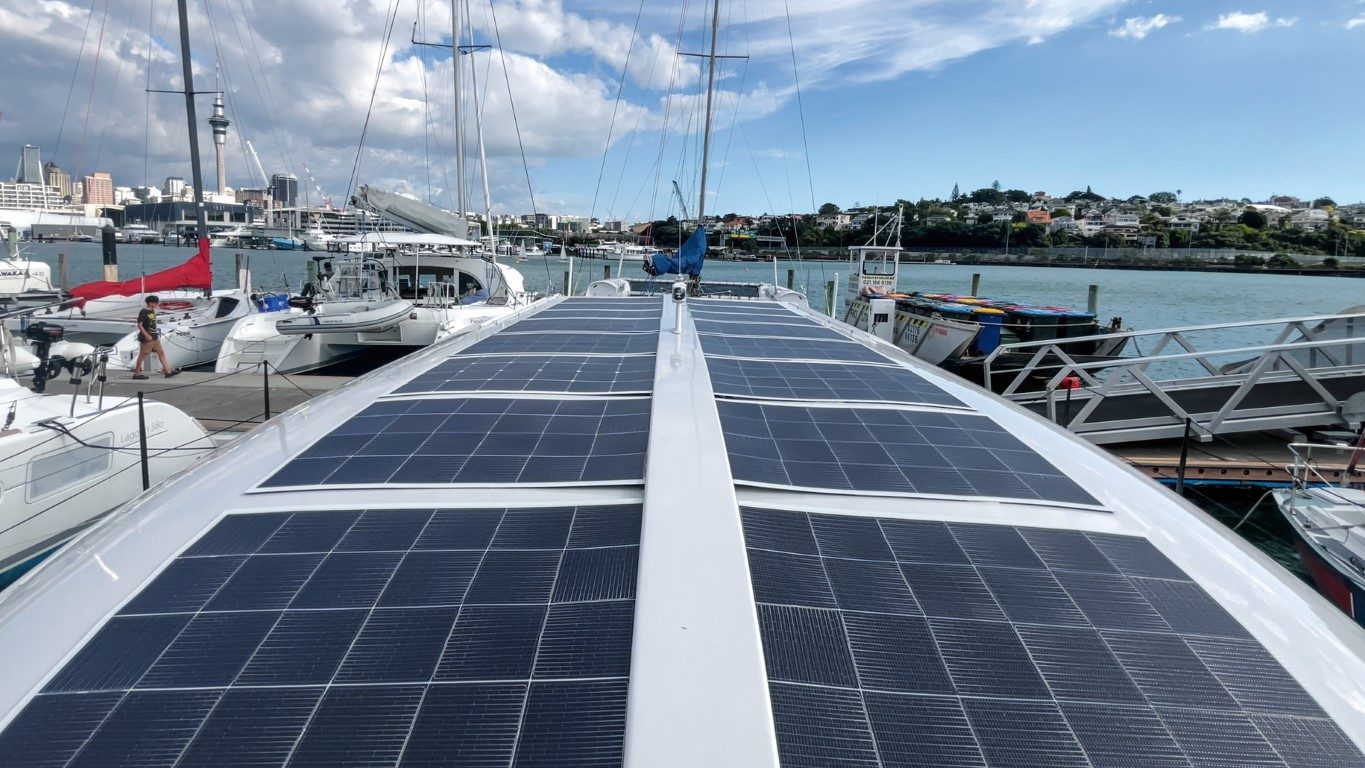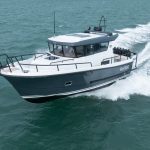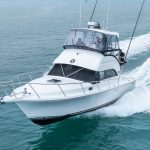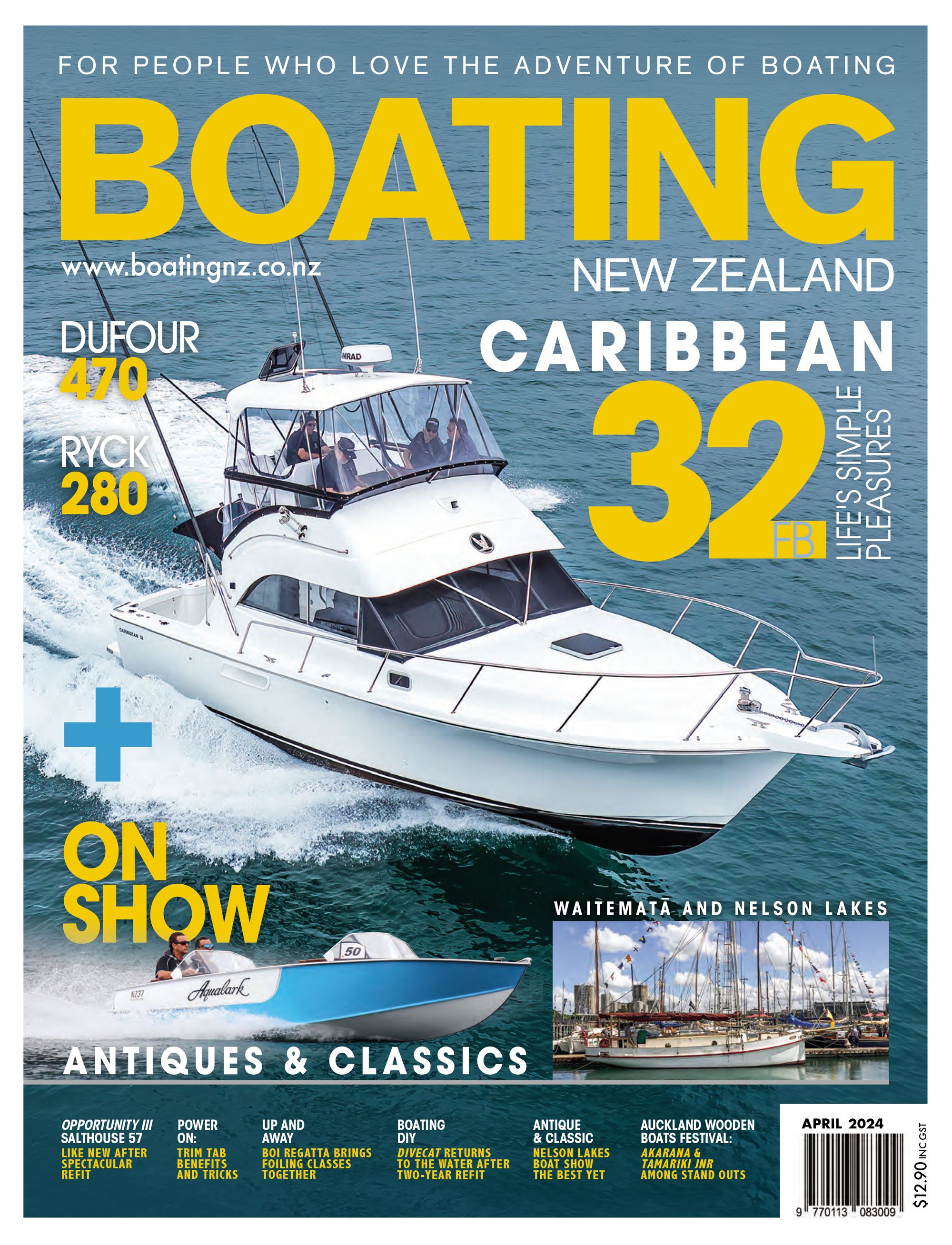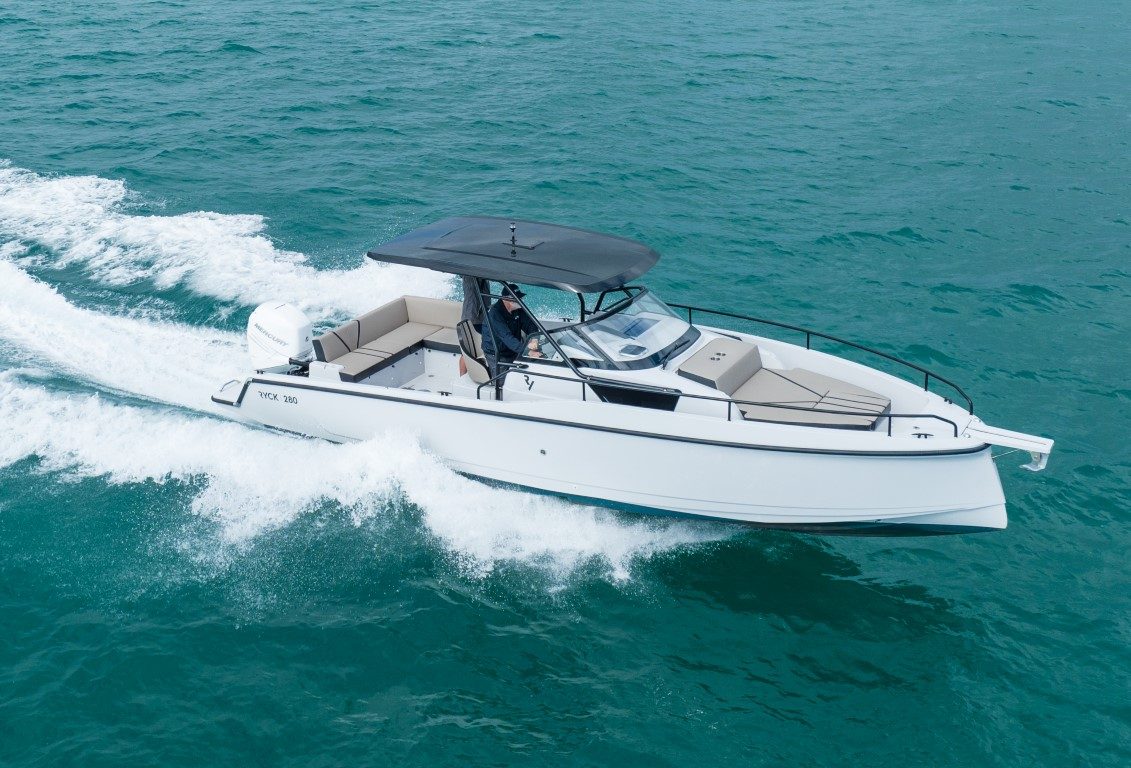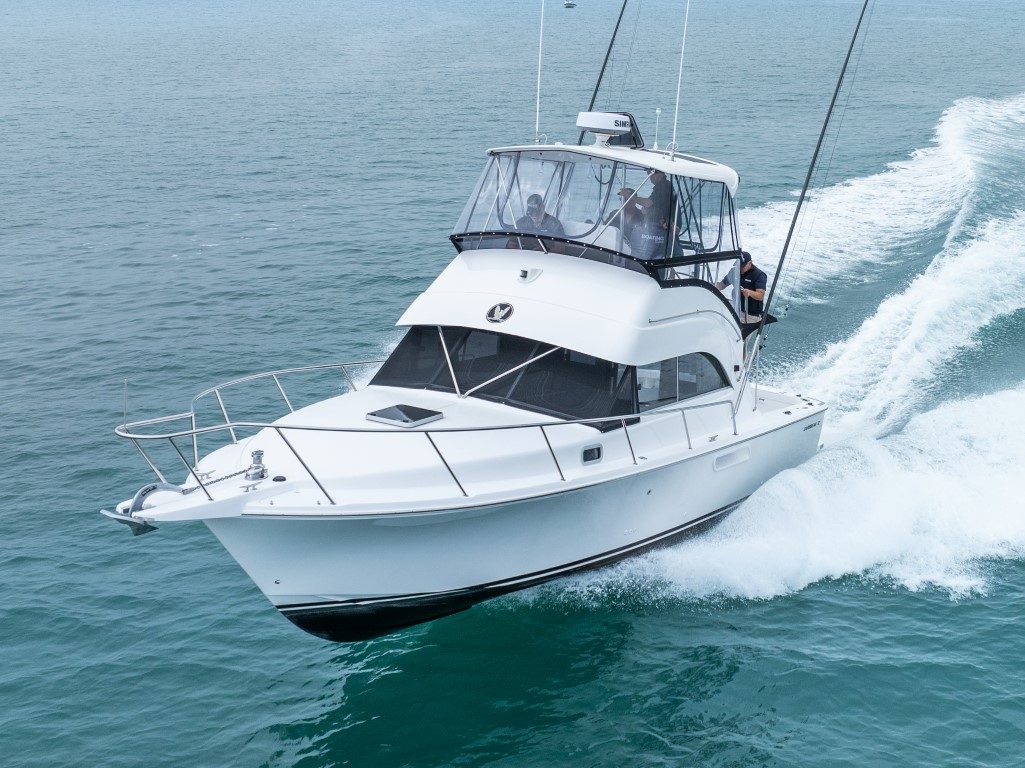She feels really easy and comfortable to sail, even in a good breeze and a chop.
- Useful speed and decent range, which expands once the genverters kick in
- E-Thos control system takes care of all the boat’s systems
- Smooth, quiet running regardless of the mode

